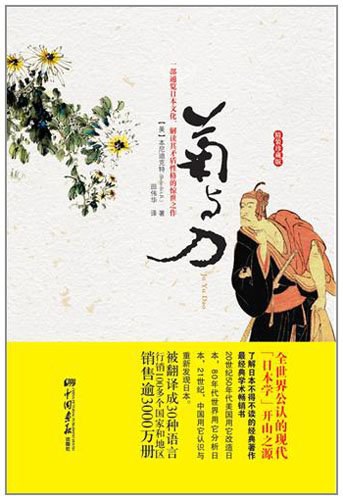WULOLIFE
《菊与刀》 作者: 本尼迪克特 (Benedict.R.) 出版社: 中国画报出版社
《菊与刀》 作者: 本尼迪克特 (Benedict.R.) 出版社: 中国画报出版社
Couldn't load pickup availability
Description
内容简介 · · · · · ·
日本,一个小小的弹丸之地,一个资源极度匮乏的岛国,一手造就了一场世界大战,另一手造就了二战后世界最大的经济奇迹。战中的日本为什么要扮演令人发指的侵略者?日本的野心到底有多大,真的想吞掉美国吗?成为唯一一个被原子弹轰炸的国家后,又是怎样迅速复兴崛起的?当今经济衰退、政局混乱的日本,是否还秉持大国情怀... “菊”本是日本皇室家徽,“刀”是武士道文化的象征。本尼迪克特用“菊”与“刀”来象征日本人的矛盾性格,以一个西方人的冷静视角,通览日本独特的文化传统和民族性格。既抓住了日本文化细致的地方,又将它置于东方文化与太平洋岛屿文化的人类文化学视野里。时至今日,她被公认为历史上最懂日本人的作者,《菊与刀》这本书被公认为史上描写日本文化的第一书。此书受到了社会各界的高度评价,其极大的影响至今不减。
作者简介 · · · · · ·
鲁思·本尼迪克特(Ruth Benedict) 1887 (Fulton)立战争。她本人大学时期主修英国文学。1919年入哥伦比亚大学研究人类学,是Franz Boas (Patterns of Culture,1934一书。1940年著《种族:科学与政治》(Race:Science and Politics),第二次世界大战期间从事对罗马尼亚、荷兰、德国、泰国等国民族性的研究,而以对日本的研究,即《菊与刀》一书成就最大。战后,她继续在哥伦比亚大学参加“当代文化研究”,于1948年9月,病逝。
